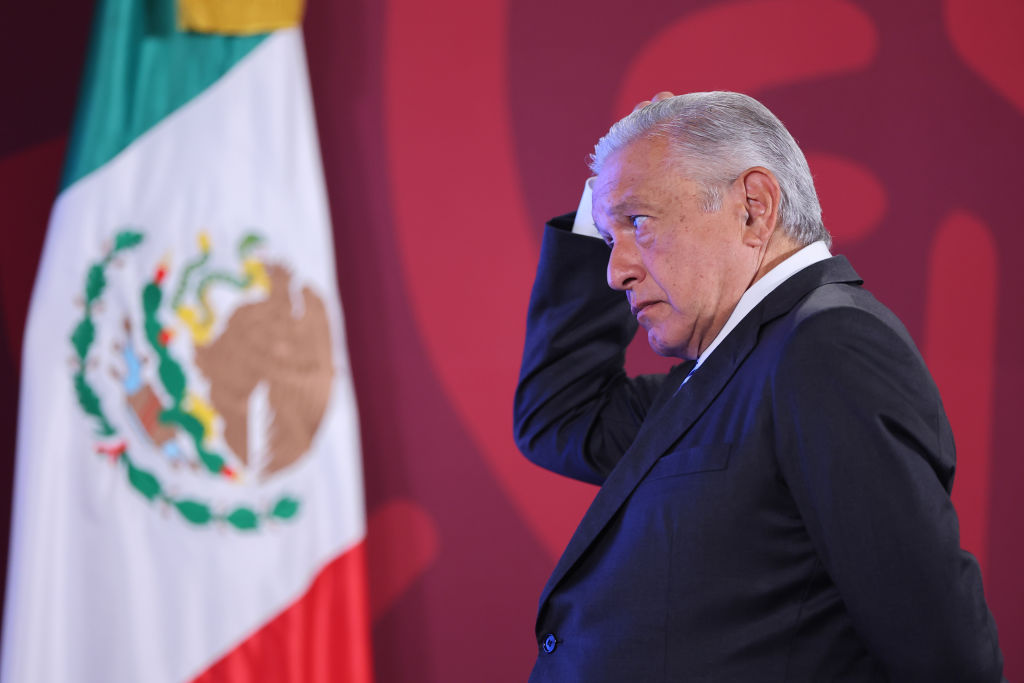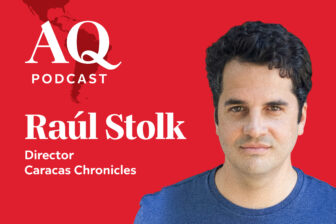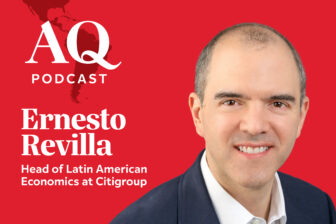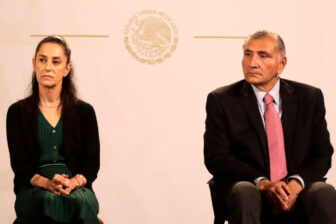MEXICO CITY – Mexico’s president is obsessed with the peso-dollar exchange rate. Looking back at Mexican history, Andrés Manuel López Obrador is certain that a president who oversees a devaluation in the currency will soon see a different kind of devaluation—that of his own popularity. And he may be right.
But how to avoid such a devaluation is a more difficult question. So far, a key factor keeping the peso, and AMLO, afloat hasn’t been the Mexican president’s much-touted austerity—but rather the U.S. government and economy. That support may dissipate in the months ahead, leaving AMLO’s future unclear.
AMLO’s view is that what went wrong in the 1970s, his principal point of reference, was high deficits. Hence his obsession with keeping Mexico’s budget balanced. Everything else—economic growth, jobs, inequality—has become secondary. This stance was more than evident during the pandemic, when he refused to spend to support families that suddenly lost their sources of income. In retrospect, particularly when one looks at the dire fiscal situation of countries like Peru or Brazil, AMLO wasn’t wrong. In contrast with those nations, Mexico still has some fiscal room to maneuver, which also explains its standing with the rating agencies.
That has also helped the peso hold roughly steady against the dollar. But what AMLO doesn’t account for is that it is the U.S. that has so far made this equation possible, in two chief ways.
One is the rapid growth of the U.S. economy. Since Mexico’s main engine of growth is exports, whatever happens to the American economy has a direct impact on Mexicans’ welfare. Exports are easily traceable and go up or down according to the performance of the U.S. economy. And they are especially important because of very low levels of private investment, which AMLO discourages with his rhetoric, by undermining energy contracts and trust (the basic ingredient for investment) with rash decisions like canceling the new Mexico City airport contract.
The other is remittances of Mexicans living in the U.S. to their families in Mexico, which show a highly revealing trend. Remittances have risen from 2.8% of Mexico’s GDP in 2017 to 4% in 2021, a quick pace of growth. This figure is extraordinary and resembles the growth of similar transfers to Indian and Central American recipients. It tells the story of the U.S. government spending heavily during the pandemic to support workers and companies at an exceptional time, and a U.S. economy that experienced an extraordinary (and unexpected) recovery during 2021 and early 2022. Mexico has thus been an unwitting beneficiary of American largesse.
It’s impossible to say how López Obrador might have fared without these remittances, but there’s no question that he has greatly benefitted from them. But now the president, in the fourth year of a six-year administration, is beginning to lose control of events. Although he has been intent on centralizing power, he does not control key variables that may well determine how his administration ends, like a potential U.S. recession, U.S. interest rates and remittances to Mexico, now that cash transfers in the U.S. have ended. Nobody seems to know who he’s working for.
It’s also worth noting that AMLO’s self-presentation as an austere president is misleading. He has been extremely careful not to run a fiscal deficit, true, but he has also drained funds from the core functions of the government (security, health, education and the like) to channel them through direct cash transfers in the president’s name (rather than the government’s) toward his political base, as well as to a set of big infrastructure projects that have become notorious for their low multiplier effect and which don’t seem to be built to last.
The new airport for Mexico City is no substitute for the existing one, the Maya train project in the southeast does not run through either Campeche or Merida, two of the three main cities in the Yucatán peninsula, and the Dos Bocas refinery is set to come online just as oil consumption begins to wane. The president invests heavily in his electoral base and nurtures his popularity as the core objective of his administration, but without incurring into a large fiscal deficit or excessive debt. All this is about ensuring political succession, the measure of a government’s success or failure.
Were the election to be held today, AMLO’s anointed candidate would most likely win. But elections aren’t until two years from now, a very long time in politics. As time goes on, circumstances beyond AMLO’s control, especially the U.S. economy, will become paramount.
The political outlook is complex. It’s not inconceivable that there will be more than one candidate running from his Morena party. Equally important is that the opposition parties have yet to show their hand. Potential opposition candidates would have to be politically suicidal to raise their hands at this point, because AMLO would stop at nothing to erode their standing and, if possible, destroy their reputations.
It’s too early to predict the results of the 2024 elections, but what happens may hinge not on events in Mexico, but on what’s changing in the U.S. economy: a fact that may serve as poetic justice for a president obsessed with Mexican autonomy.









